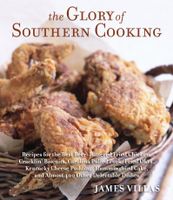Advertisement
Preparation info
- Makes
1
large loaf - Difficulty
Medium
Appears in
By James Villas
Published 2007
The leftover liquid derived from beating or churning cream into butter, genuine buttermilk has been prized by Southerners for centuries, not only as a delicious drink but also as a key ingredient in certain biscuits, cornbreads, loaf breads, cakes, and pies. Today, most buttermilk you find in markets is cultured skim milk, and while it’s not as thick or as rich as the beverage I drank as a child, I think it’s still far superior to regular whole milk when it comes to baking virtually all Sou


